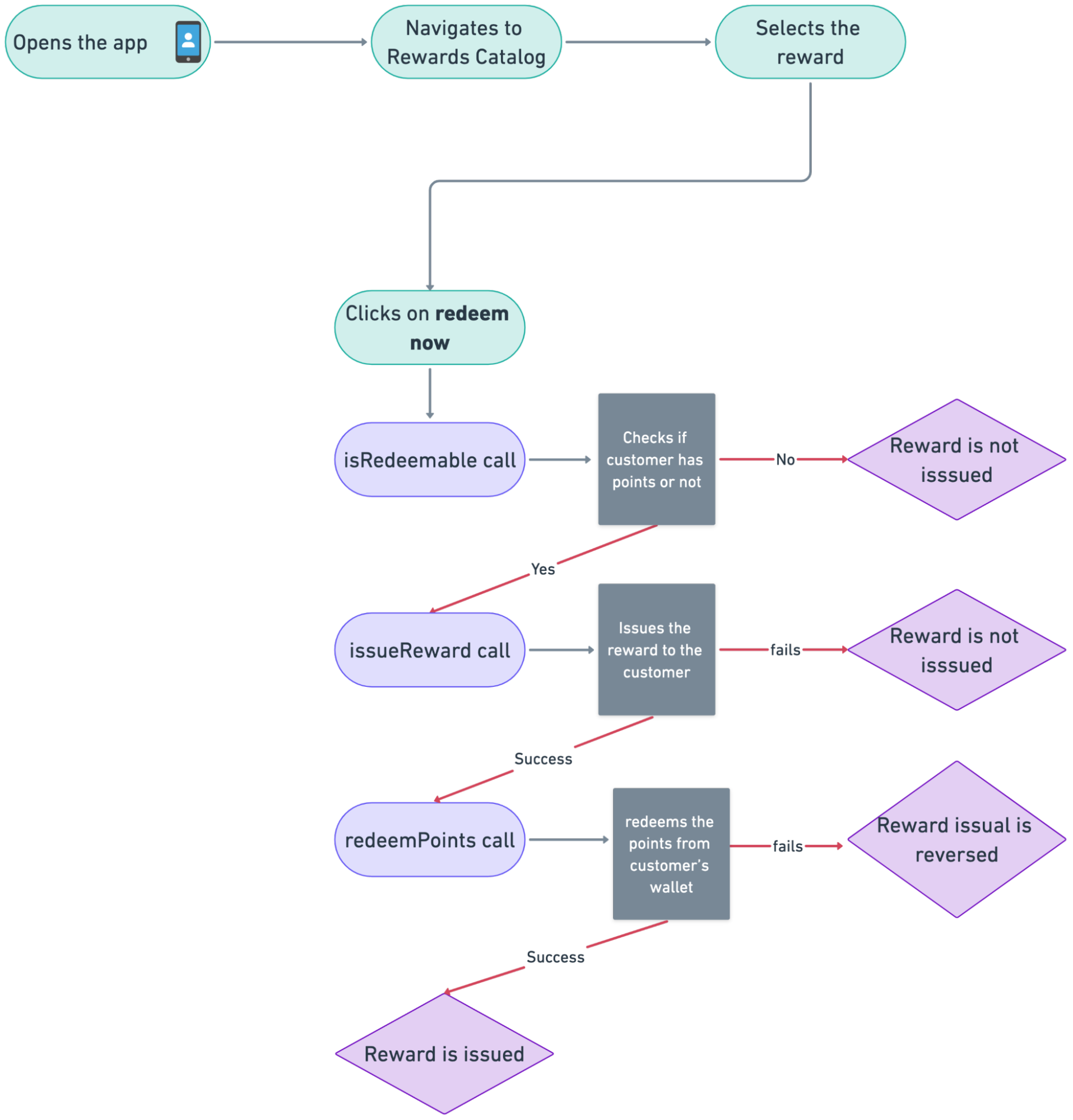Rewards Catalog
A rewards catalog is a curated collection of items or experiences that are available for redemption by members of a loyalty program. It serves as an incentive for customers to participate in the loyalty program and engage with the brand on a deeper level. Brands can leverage a rewards catalog to offer a wide range of rewards, such as merchandise, gift cards, coupons, and cart promotions to their loyal customers.
The rewards catalog plays a crucial role in helping brands enhance their loyalty programs.
- It provides tangible benefit to customers, motivating them to stay loyal to the brand and continue making repeat purchases.
- It creates a sense of excitement and anticipation among customers as they earn points or reach milestones towards redeeming rewards from the catalog.
- The rewards catalog serves as a powerful marketing tool for brands. It allows them to showcase their products or services in an enticing way, highlighting their value and unique offerings.
- This can lead to increased brand exposure and customer engagement, as customers browse through the catalog to explore the available rewards.
Furthermore, the rewards catalog can also help brands gather valuable customer data and insights. By tracking the redemption patterns and preferences of customers, brands can gain valuable information about their customer preferences and behaviors, which can be used to further tailor their marketing strategies and offerings.
Key features
- Points can be redeemed from different points vendor, like Capillary or Bonuslink
- Brands can easily set up the capillary coupons, vouchers or cart promotions as a reward
- Brands can also tie up with different reward partners for setting up their reward catalog
- Our reward catalog is based on API first architecture which means that brands can easily use our APIs to set up the rewards without any UI in place
- Users can use both their individual wallet points and group wallet points to purchase the reward. This will allow them to have more flexibility in redeeming their points and enjoy the benefits associated.
Rewards Catalog Workflow

End Customer’s Journey to redeem the reward

Updated 7 months ago
